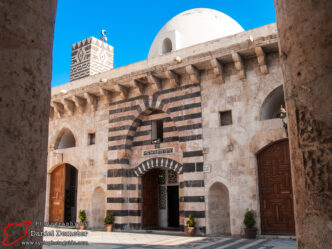
Hama – Great Mosque حماة – جامع الكبير
Great Mosque of Hama (جامع حماة الكبير) is the most impressive religious site in the city, despite being almost entirely reconstructed after …

Great Mosque of Hama (جامع حماة الكبير) is the most impressive religious site in the city, despite being almost entirely reconstructed after …
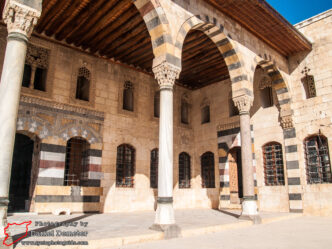
One of the most attractive residential buildings in Syria is Qasr al-Azem (قصر العظم) of Hama (حماة). It was constructed in 1740 …
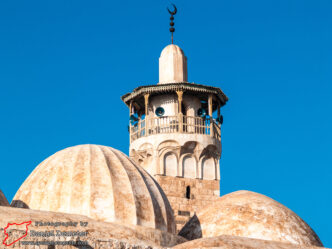
al-Nuri Mosque (جامع النوري) was constructed in 1163 during the reign of Nur al-Din Mahmoud Zenki (نور الدين محمود زنكي). Acknowledging the …
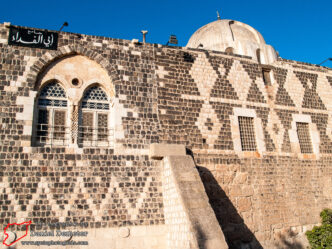
The city of Hama (حماة) has several historic mosques worth visiting in addition to the famed Great Mosque of Hama (جامع حماة …
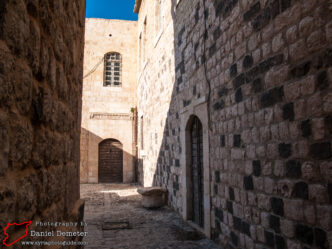
Much of the historic center of Hama (حماة) was destroyed by armed conflict in 1982. The Syrian government launched a major offensive …
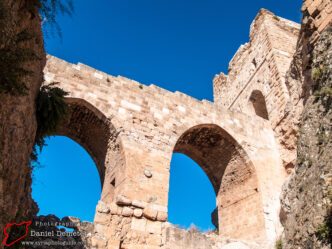
Qalaat Sheizar (قلعة شيزر) is an impressive Arab castle located to the north of Hama (حماة) overlooking a vital river crossing point on the Orontes. …
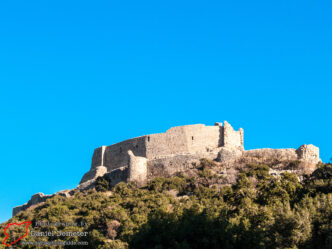
Among Syrians, Abu Qubeis (آبو قبيس) is one of the most popular sites in the region around Hama (حماة). To foreign visitors, however, it is …
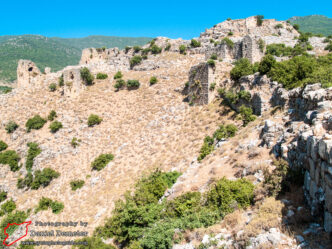
One of the most dramatically situated castles in the whole of Syria, the Crusader castle of Qalaat Mirza (قلعة ميرزا) – sometimes referred to as …
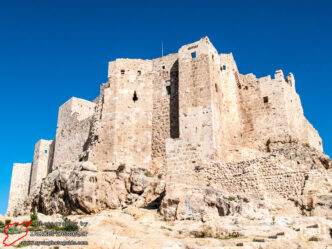
Masyaf (مصياف) is a predominantly Ismaili town about 45 kilometers west of Hama (حماة). The primary attraction of Masyaf (مصياف) is the …
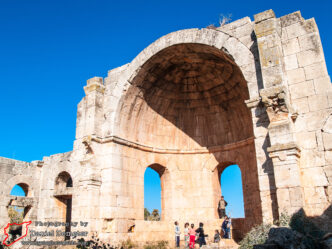
The remains of two Byzantine churches are located on opposite ends of this small Alawite village near Masyaf (مصياف). The western church, …